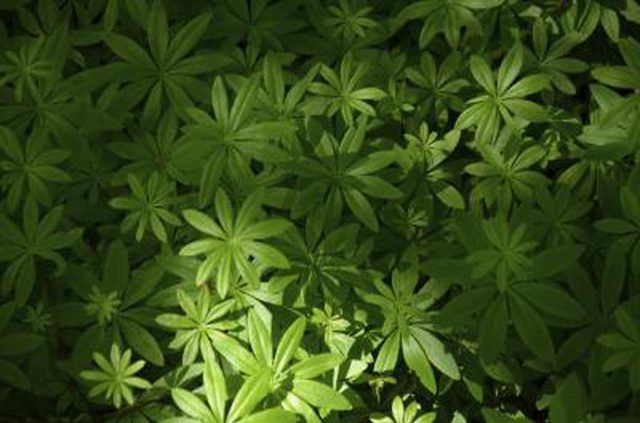Bulbs
Flower Basics
Flower Beds & Specialty Gardens
Flower Garden
Garden Furniture
Garden Gnomes
Garden Seeds
Garden Sheds
Garden Statues
Garden Tools & Supplies
Gardening Basics
Green & Organic
Groundcovers & Vines
Growing Annuals
Growing Basil
Growing Beans
Growing Berries
Growing Blueberries
Growing Cactus
Growing Corn
Growing Cotton
Growing Edibles
Growing Flowers
Growing Garlic
Growing Grapes
Growing Grass
Growing Herbs
Growing Jasmine
Growing Mint
Growing Mushrooms
Orchids
Growing Peanuts
Growing Perennials
Growing Plants
Growing Rosemary
Growing Roses
Growing Strawberries
Growing Sunflowers
Growing Thyme
Growing Tomatoes
Growing Tulips
Growing Vegetables
Herb Basics
Herb Garden
Indoor Growing
Landscaping Basics
Landscaping Patios
Landscaping Plants
Landscaping Shrubs
Landscaping Trees
Landscaping Walks & Pathways
Lawn Basics
Lawn Maintenance
Lawn Mowers
Lawn Ornaments
Lawn Planting
Lawn Tools
Outdoor Growing
Overall Landscape Planning
Pests, Weeds & Problems
Plant Basics
Rock Garden
Rose Garden
Shrubs
Soil
Specialty Gardens
Trees
Vegetable Garden
Yard Maintenance
How to Grow Sweet Woodruff
How to Grow Sweet Woodruff. A sweet smelling, sprawling evergreen, sweet woodruff (Galium odoratum) is a smart choice for a ground cover in damp, shady areas. This perennial grows well on its own, requiring minimal care. With proper spacing and growing conditions, sweet woodruff, which grows in U.S. Department of Agriculture plant hardiness zones 3...

A sweet smelling, sprawling evergreen, sweet woodruff (Galium odoratum) is a smart choice for a ground cover in damp, shady areas. This perennial grows well on its own, requiring minimal care. With proper spacing and growing conditions, sweet woodruff, which grows in U.S. Department of Agriculture plant hardiness zones 3 through 9, forms a fresh, green covering over bare areas.
Spacing, Shade and Water
While sweet woodruff grows less than 12 inches tall, it has a spread of up to 23 inches wide. Spaced 10 to 14 inches apart, the plants grow together, creating an even cover. Sweet woodruff needs medium to wet soil and full to part shade. Water once a week or, if it's hot and dry, as often as necessary to keep the soil consistently damp. You can reduce watering during rainy weather as long as the soil stays moist.
Fertilize in Spring
Fertilize sweet woodruff in spring with balanced fertilizer. An 8-8-8 or 10-10-10 formula works well. Use 1/4 pound of fertilizer for a 25-square-foot area. When you apply the fertilizer, lift up the foliage and sprinkle the fertilizer on the soil. Some fertilizers can burn or damage the leaves, especially in spring when new shoots are forming. After spreading the fertilizer around, water the sweet woodruff. This helps release the fertilizer into the soil and you'll wash off any excess that got on the leaves during application.
Trimming and Maintaining
In an area that has mild winters, sweet woodruff green year-round. If it gets cold where you live, it may die back to the ground in the winter. When sweet woodruff dies back, or some sections die after a cold snap, wait until spring and then trim out the dead plant material. Spring is also the right time to trim out any dead branches and old brown leaves from the previous year. After trimming sweet woodruff, and before moving on to other garden pruning, soak your shears or clippers in 1 part rubbing alcohol mixed with 1 part water for five minutes, then rinse and dry them.
Landscape Uses
Deer-tolerant, pest-resistant and rarely bothered by disease, sweet woodruff is a natural choice for low-maintenance gardening. It will even grow under black walnut trees (Juglans nigra), which grow in USDA zones 4 through 9 where most plants straight up refuse to survive. Sweet woodruff will naturalize in shady, damp conditions requiring little ongoing care. You can also use this low-growing perennial as an edging plant along garden beds and pathways.